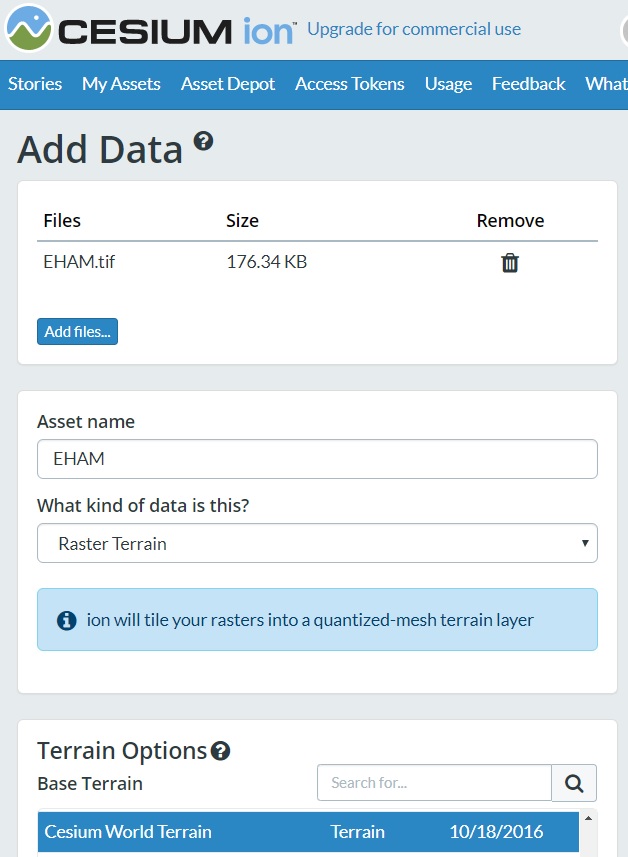I am using CesiumJS to create point in a map using World Terrain to get the elevation of my points.
The point in Cesium are using WSG84. When I calculate the altitude using sampleTerrain I retrieve an height above the reference ellipsoid
To convert that height to MSL, I have seen on Internet Here or Here that require a geoid to compute the conversion from WGS84 point to MSL.
The geoid height above the ellipsoid (N) is the difference between the ellipsoidal height and orthometric (geoid) height.
N = He − Ho
Where:
N = geoid height above the ellipsoid He = ellipsoidal height Ho = orthometric (geoid) height
I am using a package that calculate a geoid using EGM2008 for a given long/lat.
So I dispose of :
- A Point
Ain WSG84 with an height above the ellipsoid - A Point
Bin EGM2008 with a geoid height
I tried to do MSL = A - B but my value are always wrong.
I used those two calculator :
When using those two tools, when I do GPS - GEOID = MSL it does work, but the value I get from Cesium are not the same (Isn't GPS using WSG84 ? )
GPS | CESIUM | GEOID | DIFF (GPS / CESIUM)
669 | 705 | 49.421 | +36
52 | 88 | 37.162 | +36
51 | 36 | -15.992 | -15
0 | -86 | -98 | +86
So my question is : Using Cesium World Terrain and apparently WSG84 altitude above an ellipsoid, how do I retrieve the altitude of the point in MSL?

